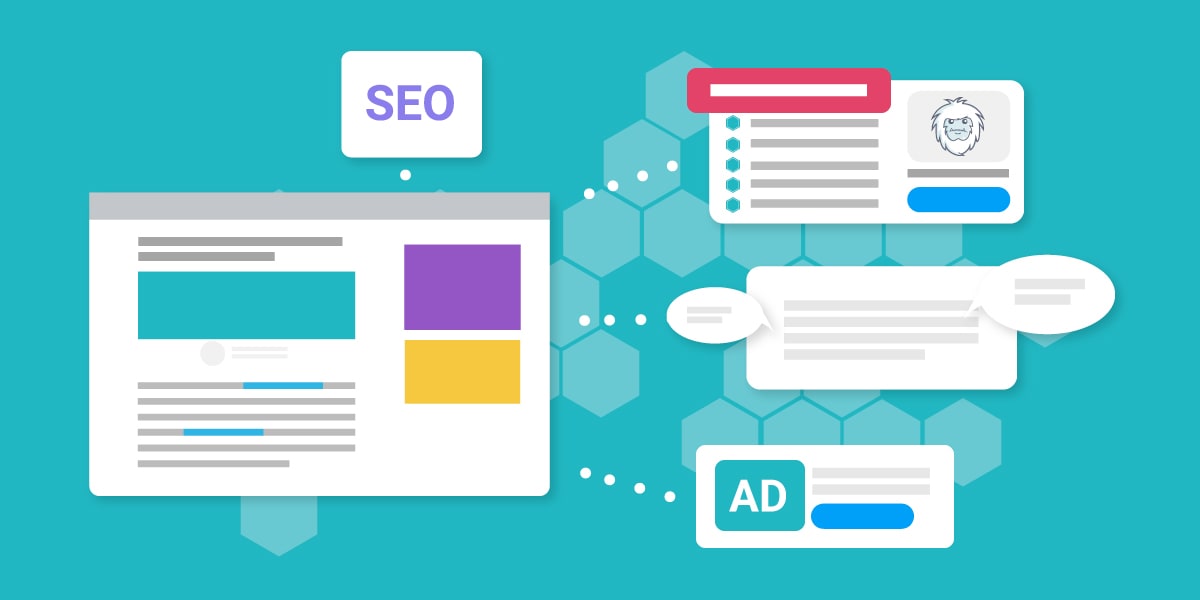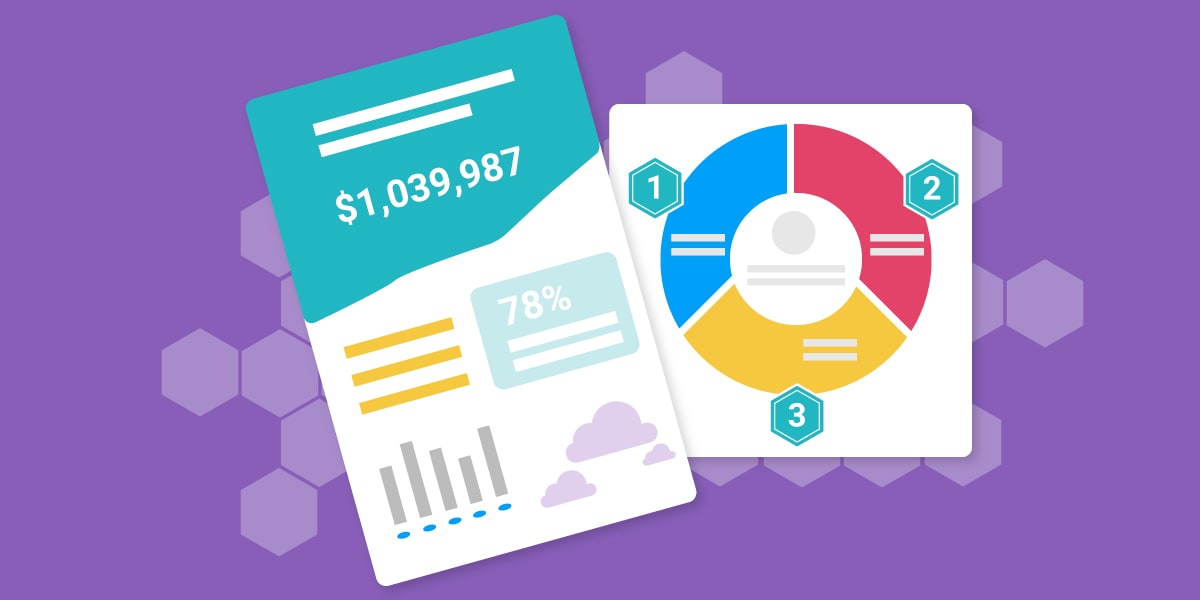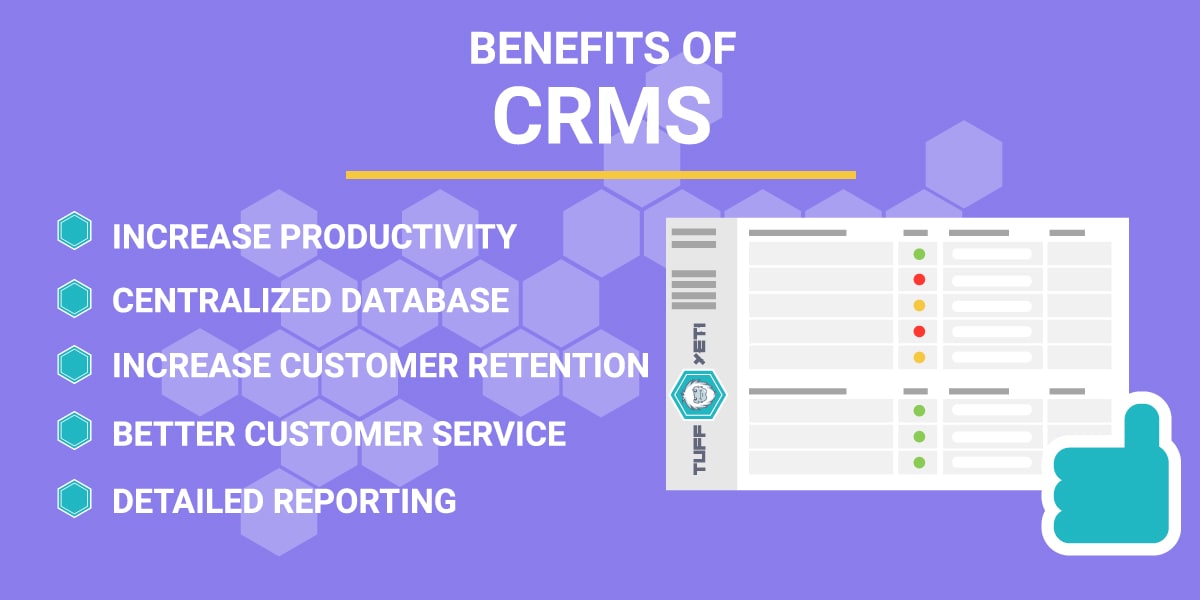What to Look For When Comparing Software as a Service Online
With a wide variety of software to pick from, no matter what area of business you’re in, whether it’s looking to build a website, market your website or manage your business finding the right ones can take time and be difficult decision.
Thankfully there are ways you can make your life easier when comparing software online. A few top tips include making sure it fits in your budget, has the features and functionality you need, is secure, and is the right fit for the people who are actually going to use it.
Finding the right business software will undoubtedly take time, but it doesn’t have to be as hard a decision as you might think.
Here are a few things I look at when narrowing down the search results from the tools and software I want to use. You can use the same process no matter what software you’re looking for, whether you’re looking to design an infographic or find software to make managing your finances easier, right down to the right web hosting provider.
Before looking for software, be sure you have a maximum price, a features list, and a general nice to haves or extra features list to hand.

Building your features list
If you’re not the only person using the software, consult the people who are. Take stock of what features they would like to see.
Combine them into a list along with any ideas that might make their work lives easier to see if they are accommodated within the software you’re researching.
Why do this?
It helps make your team feel as though their views matter, helping with team morale and making them more likely to be on board when you change out the software their currently using or upgrade them to a new SaaS.
How much does the software cost?
One of the quickest ways to narrow your search is to determine which ones fit your budget. The same goes for buying products, hiring services, and freelancers.
So the first step is to determine how much you can afford to spend on the online tool or software you want to buy, month-to-month or yearly. It might be that you can afford to pay monthly for a service to try it out for a while, but note that yearly plans tend to be cheaper in the long run compared to monthly plans.
Doing this can make the list of software available to you much smaller in some cases, giving you back more time to research the ones you can afford to buy.
However, there is a little caveat to this. Sometimes a tool might be slightly outside your budget, so if you have the option to do so, set the range slightly above what you can afford; otherwise, you might miss out on a tool that could save you the extra money back in the long run.
What features or functionality does the software have?
Once you’ve narrowed down your list of software to compare, it’s time to look at the software’s features.
Hopefully, you have either written down a list of needed features or have a good idea of what you need the software to do.
For instance, if you’re looking for project management tools, you might want to be able to:
- Manage campaigns
- Collaborate with team members
- Custom reporting
- Document management
- Integrate with email software or social media management tools
Knowing what you need before you search will save you lots of time going around and around in circles, second-guessing yourself, and help you make a decision quicker.
If you’re unsure what features you need, this can be a time sucker. Instead of figuring out the features, figure out what problems you want to solve and why you’re looking to buy the software in the first place.
You need to keep better track of your business finances. Then you know you need accounting software of some sort. However, if you have employees, then you’ll probably want it to have a payroll feature. You’ll need a quicker way to document receipts and create invoices if you buy and sell items.
Solve the problems, and you’ll find the features you need to help find the right software as a service.
How do you access the software, and is it maintained?
Once you’ve come up with a shortlist of software contenders, it’s time to dive deeper into researching them to find out how they are maintained, what you need to run them, and how active the people behind them are fixing issues.
Most software has moved away from the install on your computer type of software and has moved toward the software as a service model. This change often means you get the latest updates and bug fixes simultaneously as everyone else, keeping your data as secure as possible.
Sometimes you might have to update your app on your Macbook or Windows machine if you need to install it, for example, for Adobe Creative Suite. Still, others like Monday.com or Fathom web analytics don’t require downloads and are accessible directly through a web browser.
What you will need to have for any of these types of software, download or browser-based, is a reliable internet connection; otherwise, you won’t be able to access your accounts.
What support is on offer?
Getting help when you need it is especially critical when running a business online or offline, no matter how big or small.
For critical matters, it’s good to be able to either have a direct phone number or live chat available. For less urgent issues, then email support could suffice.
Test the customer service using a free trial or demo if you can. Talking to customer service will let you know how knowledgeable they are, how quickly they respond, and whether or not it’s a service you can trust.
Another thing to consider is how much documentation there is or how good the help guides can guide you through any trouble setting things up or performing certain tasks. These can be helpful to go to first as they can provide you the answers you need quickly or while you wait for a response from the support.
Is there a free trial or demo available?
Choosing software can be easier if you get a first-hand look at how it works. Playing with and testing the software’s features will let you figure out how easy it is to set up, the time it takes to learn, and if any of the features don’t live up to expectations.
Doing this for every software you want to try out can take considerable time, which is why it’s best to narrow your search to 3 or so software to try out.
When trying out the software, there’s a few key steps that can make all the difference in finding the right solution:
- Test the most important features first – as free trials can be limited, be sure to test out the features you are going to use first. Then move on to the nice-to-have features if you find the time. Testing the features will ensure it does what you want it to.
- Use real data – it can be tempting to use fake data when testing out a new software product, but this can lead to trouble down the line. Use real data to see how the software fits into your business and your business data.
- Get your team to try it out – if you’re purchasing software for a team to use, then get the ones who are going to use it, in the end, to test it out too. That’ll help them see if it’s easy to use and going to help their productivity, save time, and with day-to-day running of your business.
- Test integrations – if you’re thinking of buying CRM software or a type of software that offers integrations into other software or systems you use, then test them out. Connect them to the test software and see if they do what they say they do.
Of course, taking lots of free trials can take time. It’s one of the best ways to test a SaaS, but if you don’t have the time, perhaps ask if you can get a demo from someone on how it works. Seeing how it functions can save you time and give you a good overview of the software features. Plus can make it easier to learn if you take a free trial or purchase it.
Look at software reviews
Getting feedback on a product from others is another aspect that can help you choose or narrow down your shortlist. Looking at software review sites like TuffYeti, that let those who actually use the software make a review can help you find out what others like and dislike about the software.
It can find out what pain points actual users are experiencing, letting you try them out for yourself when you take a free trial. Reviews can also help you find the areas that work well, helping give you a better insight into the software and helping reduce the amount of software to trial later.
When it comes to reviews, though, these are all down to how that person uses the software, their knowledge, ability to learn, and experience, which is why it’s good to read multiple reviews to get a broad overview of how good the software is.
How to compare software conclusion
Comparing software online can take time to research and find the ones that are right for you, so be sure you schedule some time in your calendar to do it right.
There’s nothing worse than purchasing software only to realize that it’s challenging to learn or doesn’t have the features you need, wasting your valuable time and money.
Overall it would be best to have a list of features you want to have, a budget in mind before you start your research, and get the people who will use the software involved in the buying decision.
That last part isn’t always a good idea if you have a huge team as ‘too many cooks can spoil the broth’, but one that can make all the difference to your business down the line.



